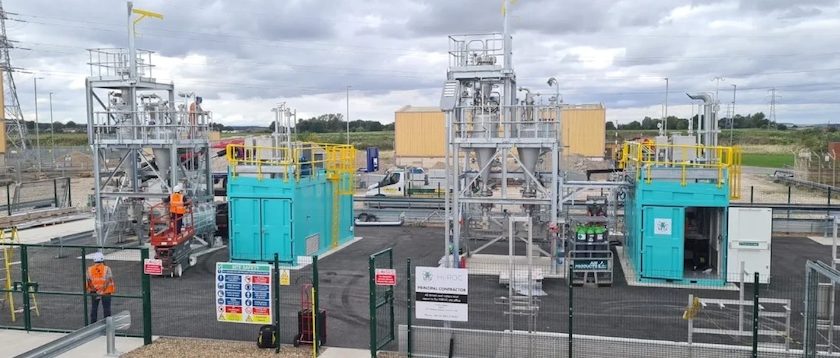According to CW Research’s recently published World Cement Equipment Market and Forecast Report, the global market of milling equipment (including upgrades) will reach $1.3 billion in 2022, accounting for 14 percent of the global cement equipment market size in the same year.
The expansion of the cement grinding/final grinding milling equipment segment will be encouraged by the rising number of grinding facilities relative to the sluggish installations of integrated plants in the next five years. Typical ton-per-day capacity of mills has remained largely unchanged in the past few years, standing at around 5,000 to 6,000 tpd.
As observed by Robert Madeira, CW Group managing director and head of research, “Milling is one of the few areas of cement process equipment where innovation continues to be ripe. It may seem that the vertical roller mills were the last game-changing innovation, but we are seeing equipment manufacturers going beyond business as usual and paying more attention to niche segments whose needs for mobility, ease of usage and super fineness were poorly catered for in the past.”
Improved performance and efficient electricity usage will enable vertical roller mills (VRMs) to be the most popular mill choice to the detriment of ball mills. Even though VRMs’ large footprint is often considered as one of their major drawbacks, VRMs will still be preferred over the high maintenance and electricity-hungry ball mills. The latter will experience half of their current market size in USD by 2022.
The market size for roller presses, considered difficult to operate and not used to grind fuel, yet enabling high performance and efficient energy consumption for raw meal and cement grinding, will increase since brownfields account for a large part of future projects.
Niche segments, such as container and mobile mills, and mills enabling superior fineness will become more intensively catered for by equipment manufacturers. The trend is for cement producers’ specifications to require tailor-made solutions, rather than off-the-shelf ones.
Auxiliary/additional equipment such as classifiers, already in their third generation, are now provided by mill manufacturers. Driers are also needed in situations where the raw material mix has a clinker content of under 70 percent.
Flexibility and customization are key for cement equipment manufacturers to survive in a market where new projects are scarce. Competition for existing projects has led to an aggregated average price per ton of cement production capacity decrease for all mill types of 3 percent since 2008; a figure that is inferior to the 15 percent decrease of the average price per ton of cement production capacity for a turnkey cement plant.
Currently, cement mills market value size currently amounts to 67 percent of cement plant milling equipment, and is likely to reach 72 percent by 2022. Milling processes, particularly when considering cement grinding, are considered crucial by cement manufacturers, and equipment choices are dictated by quality, performance and footprint specifications, rather than by pricing.
Cement manufacturers often prefer to install two of the same cement grinding plants in order to have more flexibility in case of down times, whether scheduled or unexpected. As such, the segment is mostly catered for by Western suppliers. Even in cases when Chinese suppliers are providing a turnkey project, cement manufacturers often request mills and gears to be provided by companies such as Loesche, Gebr. Pfeiffer or Fives FCB.


